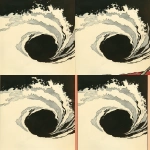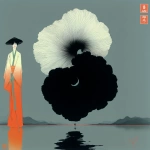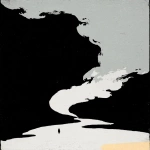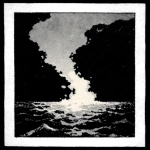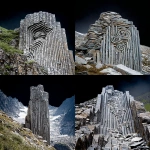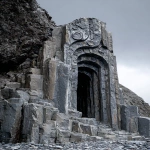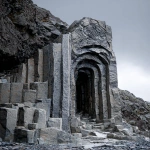Explore the Best AI Image Gallery
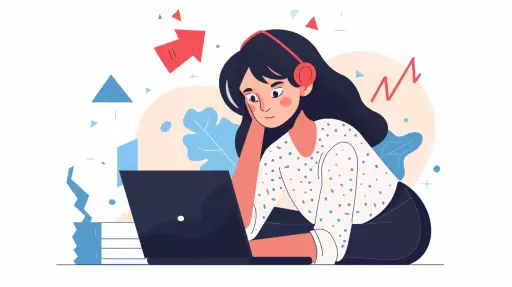
Pixels & Perceptions: AI-Generated Images in the Art World
The art world, a realm often considered exclusive to human expression, is undergoing a seismic shift with the advent of AI-generated images. Algorithms now possess the remarkable ability to create visually stunning and conceptually intriguing works, blurring the lines between artist and machine. This revolution raises profound questions about the nature of creativity, the value of art, and the future trajectory of the creative industry.
A New Canvas: Exploring the Potential of AI-Generated Art
AI image generators leverage vast datasets of existing artwork to learn patterns, styles, and techniques. Artists can now harness these algorithms to produce unique pieces, explore unconventional concepts, and push the boundaries of artistic expression. From photorealistic landscapes to abstract compositions, AI tools offer a playground for experimentation and innovation.
- Conceptual Exploration: AI can help artists visualize complex ideas and generate novel concepts that might be difficult to conceive through traditional methods.
- Rapid Prototyping: Artists can quickly iterate through design variations, experimenting with different styles, colors, and compositions without the time constraints of manual creation.
- Accessibility: AI tools democratize art creation, making it more accessible to individuals who may lack formal training or resources.
The Ethical Landscape: Navigating Uncharted Territory
While the potential of AI-generated art is undeniable, it also presents ethical challenges that require careful consideration:
- Copyright and Ownership: Questions arise regarding the ownership rights of AI-generated artwork. Who holds the copyright - the creator of the algorithm, the user who provides input, or the AI itself?
- Authenticity and Deception: The ability to create highly realistic images raises concerns about potential misuse, such as generating fake news or manipulating public perception.
- Bias and Representation: AI algorithms are trained on existing data, which may contain biases that perpetuate harmful stereotypes and limit representation in art.
The Future of Art: A Collaborative Canvas
The future of art likely lies in a collaborative relationship between human creativity and AI technology. Artists will continue to play a vital role in conceptualizing, guiding, and refining the artistic process. AI tools will empower them with new capabilities, enabling them to explore uncharted territories and push the boundaries of artistic expression.
- Hybrid Creations: We can expect to see more artwork that seamlessly blends human creativity with AI-generated elements.
- Personalized Art Experiences: AI could enable the creation of customized artwork tailored to individual preferences and tastes.
- New Artistic Disciplines: The convergence of art and technology may lead to the emergence of entirely new artistic disciplines.
Conclusion
AI-generated images are transforming the art world, presenting both exciting opportunities and complex challenges. By embracing ethical considerations and fostering collaboration between humans and machines, we can harness the transformative power of AI to create a more inclusive, innovative, and vibrant artistic landscape.
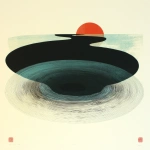
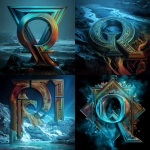
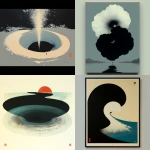
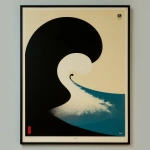
](https://images.ai-img.art/thumbnails/150/6a329899e3df66db7d92f3ea541132306b5b0acab9ab2aaab092e2a8ac104ce2.webp)
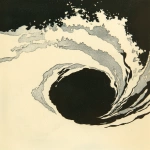
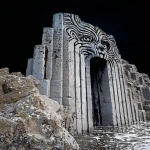
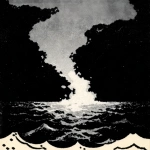
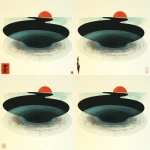
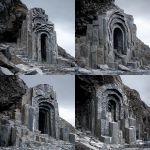
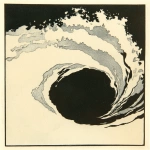
](https://images.ai-img.art/thumbnails/150/9b5075322d305b509fb248349931cd0319f4f5e03491140a0790a253e4666317.webp)
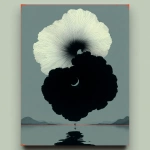
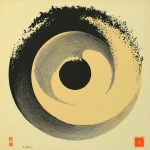
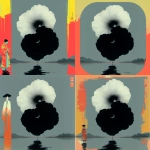
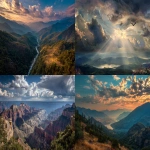
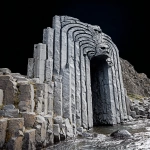
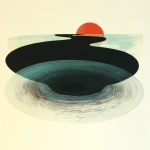
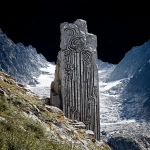
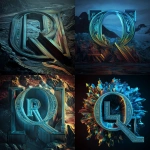
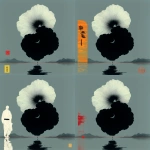
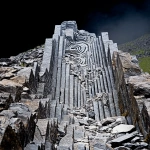
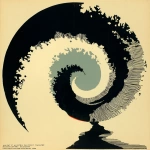
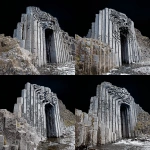
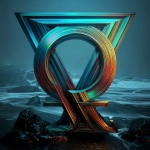

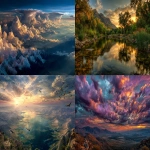
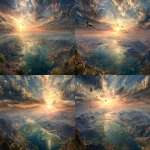
](https://images.ai-img.art/thumbnails/150/4fdd9eb46822bf47a700df8ee4bb876cc440910fbb0f0bdfbc3fa249d4e6c5e8.webp)
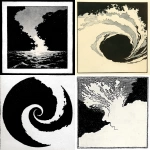

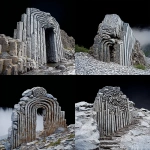

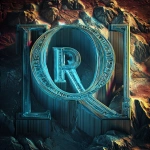
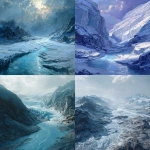
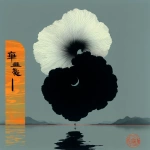
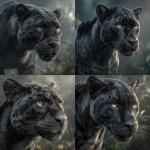
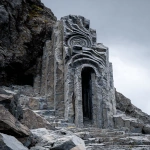

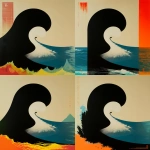
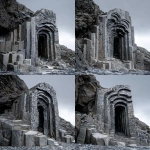
](https://images.ai-img.art/thumbnails/150/65b1e0efc0067cb5bf34364a83da493228ecc94d33fa40497c852886f5c58bd9.webp)

